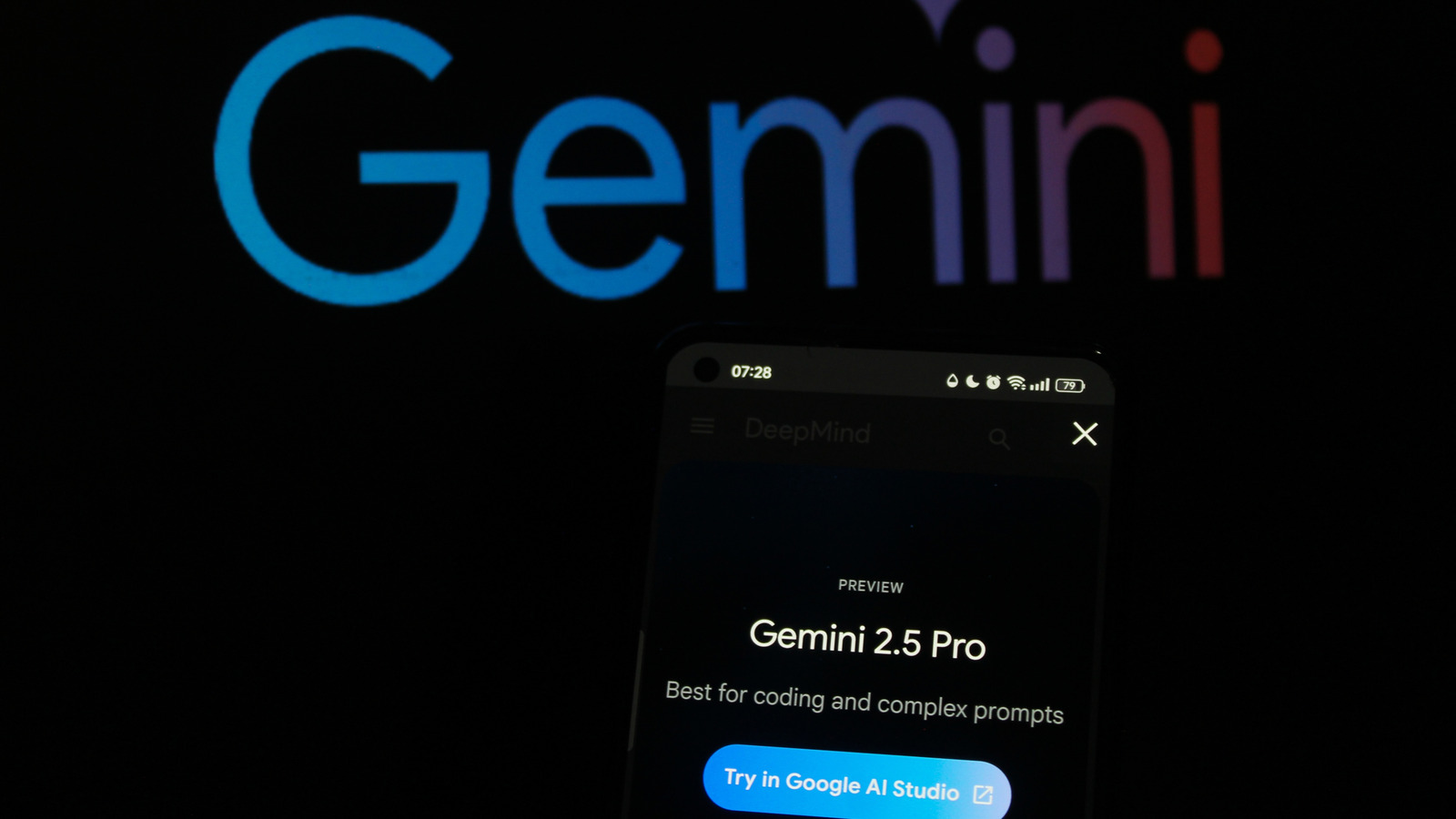Sometime in the dying moments of September, what was once a daily habit for much of the online world will happen for the last time: a dial-up modem will screech its way to connecting to AOL.
The Yahoo subsidiary broke the news in an undated tech-support note titled “Dial-up Internet to be discontinued.”
“AOL routinely evaluates its products and services and has decided to discontinue Dial-up Internet,” the note says. “As a result, on September 30, 2025, this service and the associated software, the AOL Dialer software and AOL Shield browser, which are optimized for older operating systems and dial-up internet connections, will be discontinued.”
Like dial-up access in general, that note appears to have been widely ignored at first. But then tech journalist Ernie Smith flagged it in posts Friday night on Bluesky and Mastodon, sparking extended rounds of reminiscing.
In a Bluesky direct message, Smith said “social cues and search info” led him to think that page was posted within the last two weeks. The oldest reference I’ve found to it is an Aug. 2 post on X.
“This change does not impact the numerous other valued products and services that these subscribers are able to access and enjoy as part of their plans,” a Yahoo spokesperson said in a statement emailed Saturday. “There is also no impact to our users’ free AOL email accounts.”
The company didn’t say how many dial-up users it has left, but there can’t be many. In May of 2021, CNBC’s Alex Sherman, citing “a person familiar with the matter,” said the number of AOL dial-up users had dwindled to “the low thousands.”
That would be a tiny fraction of the numbers the service formerly known as American Online racked up in its heyday. By the time that Northern Virginia firm turned 15 in 2020, it had 25 million subscribers, according to a 2015 retrospective by former CEO Steve Case in The Washington Post.

Get Our Best Stories!
Your Daily Dose of Our Top Tech News

By clicking Sign Me Up, you confirm you are 16+ and agree to our Terms of Use and Privacy Policy.
Thanks for signing up!
Your subscription has been confirmed. Keep an eye on your inbox!

(Photo Illustration by Justin Sullivan/Getty Images)
But cracks had already begun emerging in AOL’s foundation as other companies put together their own bundles of dial-up service with simplified Windows and Mac apps. Like the AOL software on the disks it incessantly sent to people in the mail, that freed users from fussing with add-on networking tools.
Some of these competitors also dispensed with the hourly connection charges that could make extended AOL use beyond the five or 20 hours included in its regular price plans a costly proposition. Notably, AT&T’s WorldNet beat AOL to offering unlimited access, as Smith observed in a 2020 post.
AOL’s disastrous 2001 merger with Time Warner and ongoing inability to deliver broadband to its customers then left it on a path to decline that acquiring such widely read sites as Engadget and News did not stem.
Recommended by Our Editors
By 2014, the number of dial-up AOL customers had collapsed to 2.34 million. A year later, Verizon bought the company for $4.4 billion in an internet-content play that turned out to be as doomed as the Time Warner transaction. In 2021, Verizon unloaded both AOL and Yahoo, which it had separately purchased in 2017, to the private-equity firm Apollo Global Management.
(I wrote for Yahoo’s Yahoo Tech and then Yahoo Finance sites from 2013 through 2019.)
The demise of AOL’s dial-up service does not mean the extinction of the oldest form of consumer online access. Estimates from the Census Bureau’s 2023 American Community Survey show 163,401 Americans connected to the internet via dial-up that year.
That was by far the smallest segment of the internet-using population, dwarfed by 100,166,949 subscribing to such forms of broadband as “cable, fiber optic, or DSL”; 8,628,648 using satellite; 3,318,901 using “Internet access without a subscription” (which suggests Wi-Fi from coffee shops or public libraries); and 1,445,135 via “other service.”
The remaining AOL dial-up subscribers will need to find some sort of replacement, which in rural areas may be limited to fixed wireless or SpaceX’s considerably more expensive Starlink. Or they may wind up joining the ranks of Americans with no internet access: 6,866,059, in those 2023 estimates. Here are PCMag’s picks for the Best ISPs of 2025 and the brands our readers recommend most.


5 Things to Know About Starlink Satellite Internet
About Rob Pegoraro
Contributor








